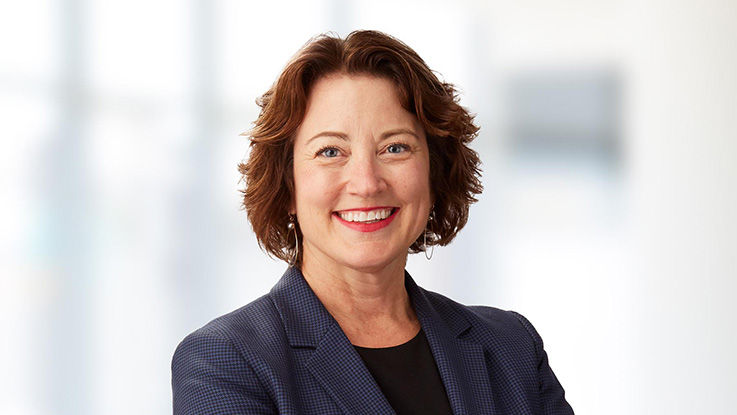Everyone welcome, included and valued
At HealthPartners, we have a long history of work and commitment to advance health outcomes, access, affordability and opportunity for all. As a health system, employer, business partner and member of our community, this work and our commitment endures.
“With a mission to improve health and well-being, we must build trust and be a place where everyone is welcome, included and valued. We strive to close health disparity gaps through our care and coverage, and foster community partnerships to support these efforts. Our 2030 goals reflect the importance of this work.”
Aims and priorities
These are our current aims and priorities, aligned and integrated with our overall 5-year strategic plan.
Welcome, include and value all
- Foster a culture of inclusion by creating an environment where all are welcome, included and valued, and where all colleagues have an opportunity to thrive free from discrimination.
- Reflect the communities we serve by deepening connections and developing trusted relationships.
- Develop our team members by providing growth and development opportunities while cultivating community interest in choosing careers in health care.
Advance health equity in our care and coverage
- Decrease gaps in chronic disease care and preventive health screenings.
- Identify and close gaps in hospital-based care.
- Improve outcomes in maternal and child health.
- Personalize care to improve access and outcomes for our patients and members.
Partner with the community
- Align with our community through partnerships, collaborations, programs and other resources with key community health priorities, business goals and growth strategies.
- Deepen relationships to earn trust with communities to inform, co-create and support strategies that equitably improve health and well-being for patients, members, colleagues and communities.
- Expand community partnerships through collaboration, capacity building, technical support and community service.
- Share success stories amplifying HealthPartners as a trusted brand in health and well-being, and a community partner of choice with a culture of belonging.
Working together to make progress
As part of our commitment to fostering a culture where all are welcome, included and valued, we have a cabinet made up of a

Dr. Steven Jackson
Dr. Steven Jackson is a physical medicine and rehabilitation physician and the medical director of patient experience at Regions Hospital. Dr. Jackson is committed to ensuring every patient receives the care they need and deserve. He believes

Dr. Yeng Yang
Dr. Yeng Yang is a primary care physician and the clinic practice medical director at our St. Paul Clinic. Dr. Yang has a special interest in patient- and family-centered care and quality improvement. She believes trusted patient-clinician relationships and experiences built around mutual respect, understanding and curiosity are the foundation to achieving good clinical outcomes.

Andrea Walsh, President and CEO
Andrea Walsh is President and CEO of HealthPartners. She leads with a focus on building healthy, high-performing teams and forging partnerships to improve health equity, children’s health, mental health and other important areas of community health and well-being.
